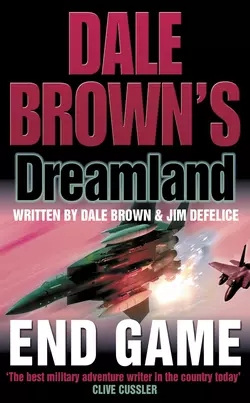End Game

Dale Brown и Jim DeFelice
Тип: электронная книга
Жанр: Современная зарубежная литература
Язык: на английском языке
Стоимость: 612.81 ₽
Статус: В продаже
Издательство: HarperCollins
Дата публикации: 16.04.2024
Отзывы: Пока нет Добавить отзыв
О книге: The eighth in the series of high-tech thrillers centred on Dreamland – a top-secret USAF weapons research centre – from the acclaimed author of ‘Act of War’ and ‘Plan of Attack.’While the Dreamland team is perfecting their latest weapon, code-named ‘End game’, an electromagnetic bomb that can knock out any electric device for miles, an Islamic terrorist cell is conducting covert attacks in the Arabian Sea. Targeting Indian ships and oil facilities, the terrorists seem to be escaping into thin air. India suspects that their long-time enemy Pakistan is behind the attacks and tensions between the two nuclear powers reaches breaking point. Meanwhile China is patrolling the sea, eager to flex the muscle of its new fleet of warships, and is drawn into the mix when one of its ships is mysteriously attacked. All-out war between the three countries appears imminent unless the Dreamland team can find out who is really behind the attacks. And their new End Game weapon may be the only hope of avoiding catastrophe.